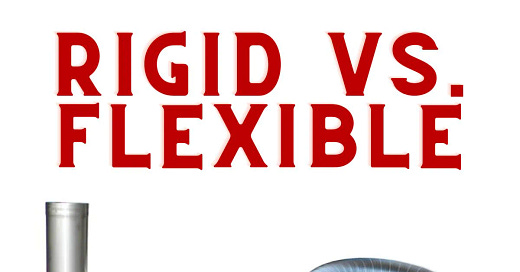ABS Audio Newsletter: Rigid vs. Flexible Dieting Part 2
Issue 36: A Flexible Dieting Pattern May be Best Practice for Many
ISSUE 36:
The case for flexible dieting practices.
Welcome to the 36th issue of the ABS newsletter! Today we will discuss the second form of dieting practice. The more flexible approach to dieting is where many and most foods can be fit in so long as calories and macros are adhered to. It is often espoused online that flexible dieting is the superior practice and I do personally believe on average it has plenty of upsides. This method can be very helpful when dieting to manage the feeling of being overly restrictive.
Benefits of a more flexible approach:
Simplistic framework
Many food options fit
Can meet calories and macros in a variety of ways
Provides a more dynamic structure
Can feel less restrictive and better food relationship outcomes
Downsides of a more flexible approach:
Less firm parameters
High food variety and requires many more decisions to be made
Can be challenging to fit every food into the framework
Can fit less nutrient dense into the diet
May be harder to figure out early on
Progress may be less predictable.
Flexible dieting can be a valuable tool for some individuals to implement. Your situation and needs will dictate if this method is viable for you!
The outline of our conversation:
1. General intro.
2. Overview.
3. Pros and Cons.
4. Who might benefit?
5. My final thoughts and motivational sendoff
I greatly appreciate your viewership; catch you all in the comments. Stay tuned for the 37th issue next week!




